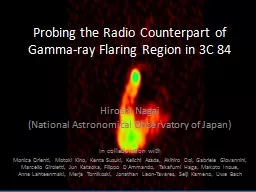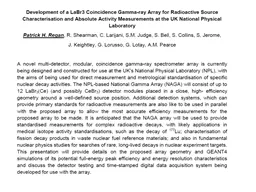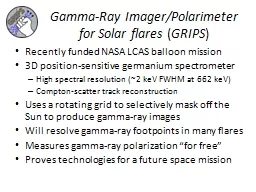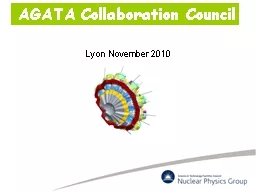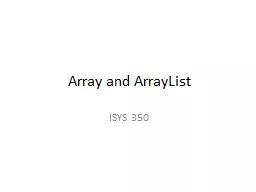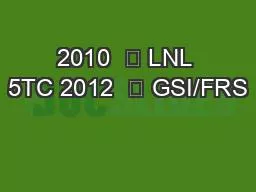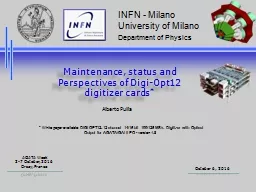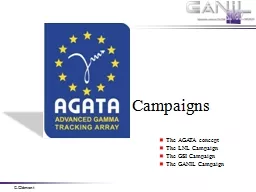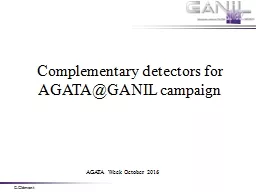PPT-Advance Gamma Tracking Array AGATA
Author : blondiental | Published Date : 2020-07-03
Dino Bazzacco INFN Padova Part 1 Review of AGATA Part 2 Data Processing EGAN school 2011 December 5 9 2011 Liverpool Neutronrich heavy nuclei NZ 2 Large neutron
Presentation Embed Code
Download Presentation
Download Presentation The PPT/PDF document "Advance Gamma Tracking Array AGATA" is the property of its rightful owner. Permission is granted to download and print the materials on this website for personal, non-commercial use only, and to display it on your personal computer provided you do not modify the materials and that you retain all copyright notices contained in the materials. By downloading content from our website, you accept the terms of this agreement.
Advance Gamma Tracking Array AGATA: Transcript
Download Rules Of Document
"Advance Gamma Tracking Array AGATA"The content belongs to its owner. You may download and print it for personal use, without modification, and keep all copyright notices. By downloading, you agree to these terms.
Related Documents

